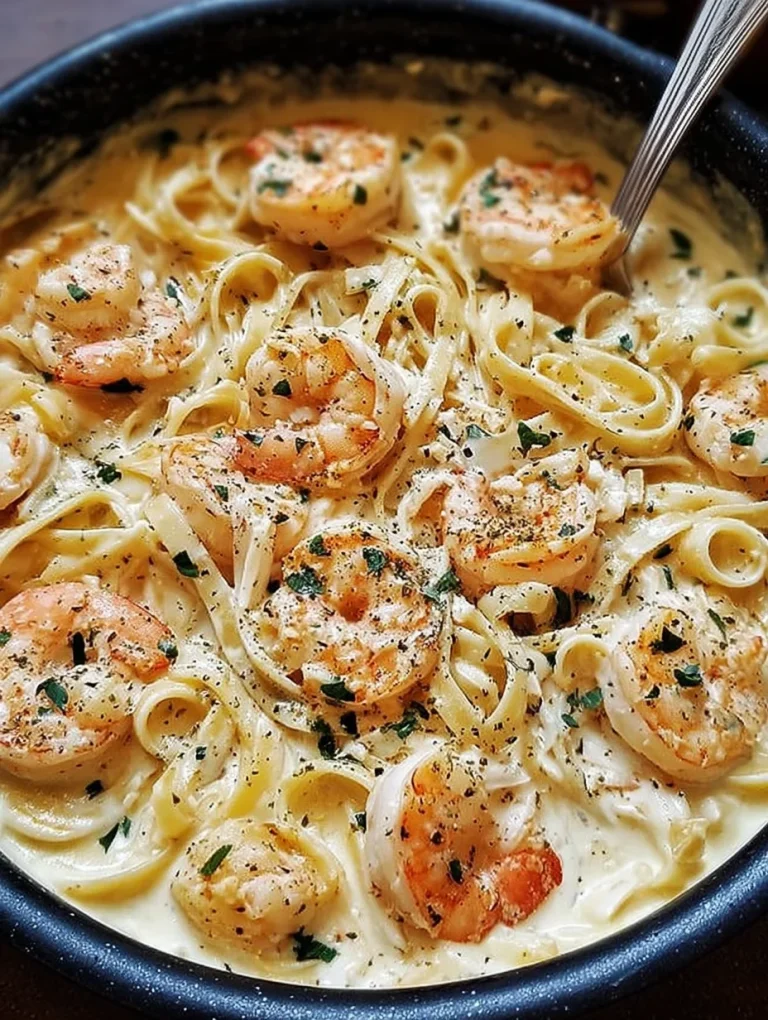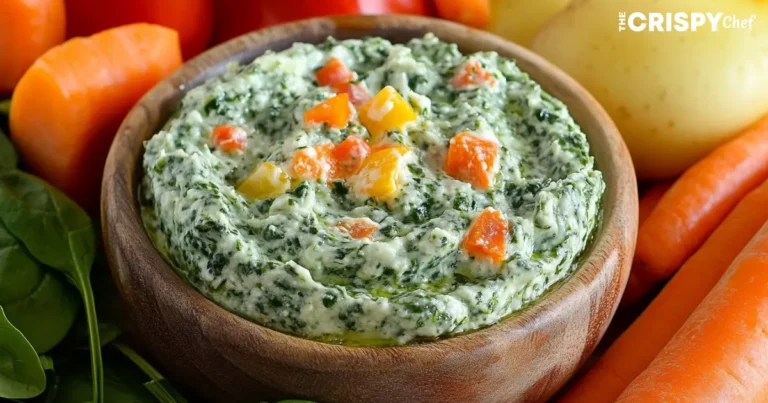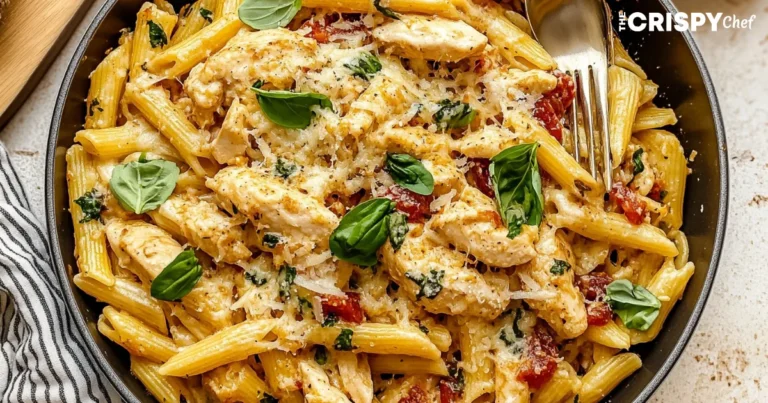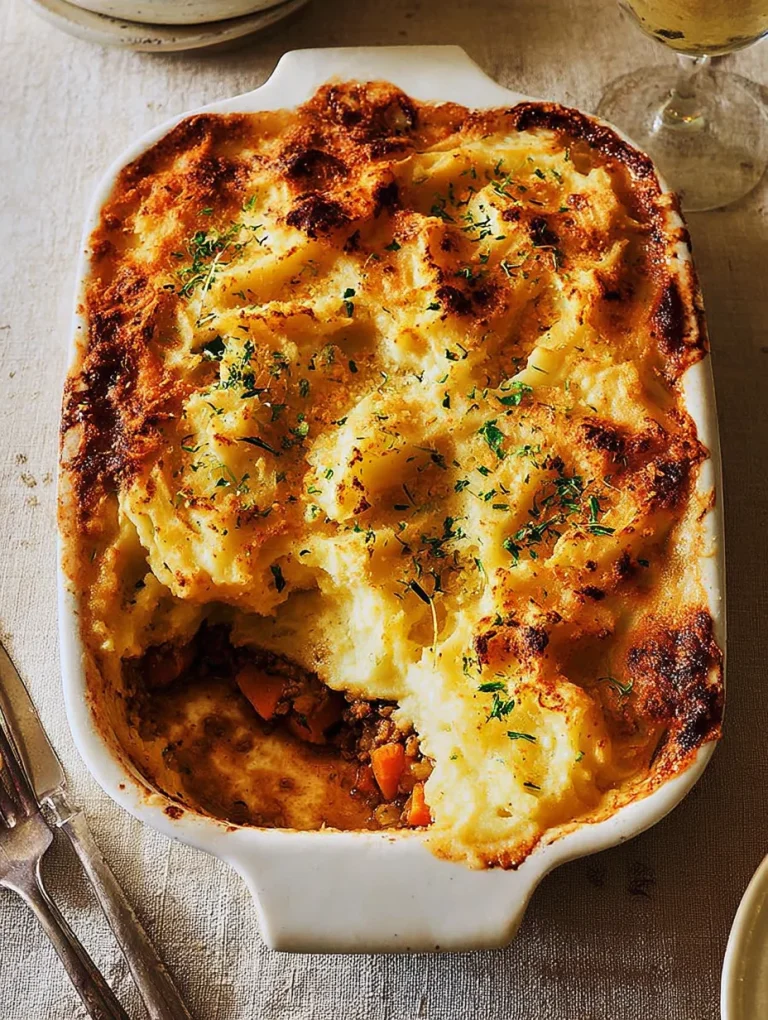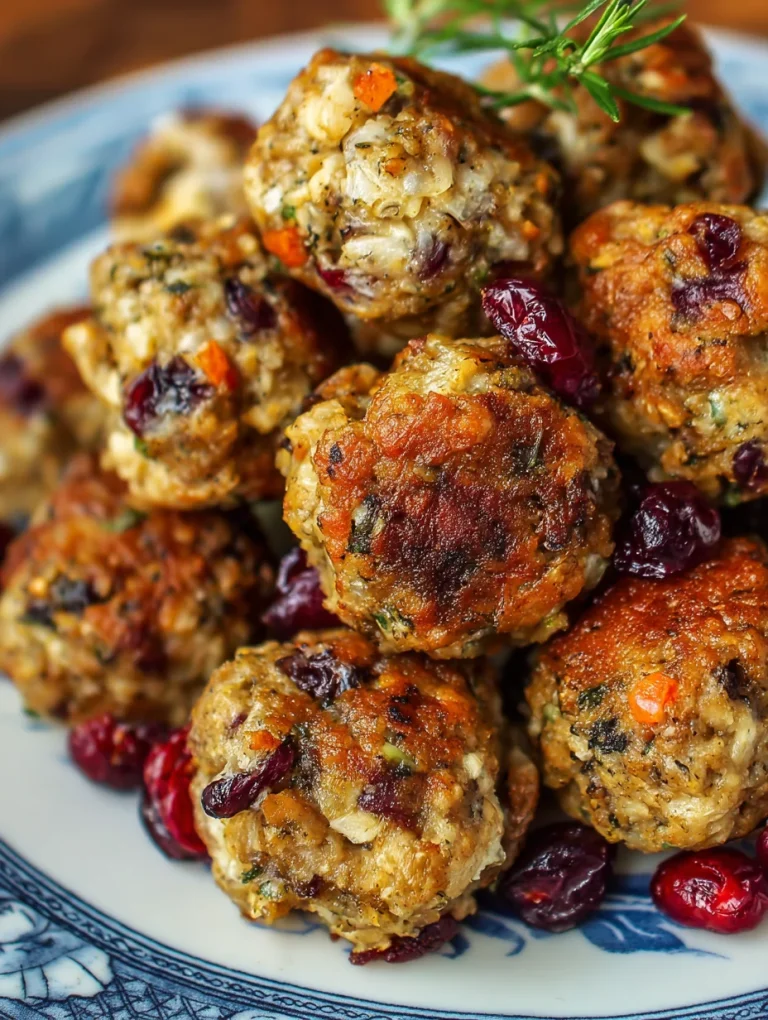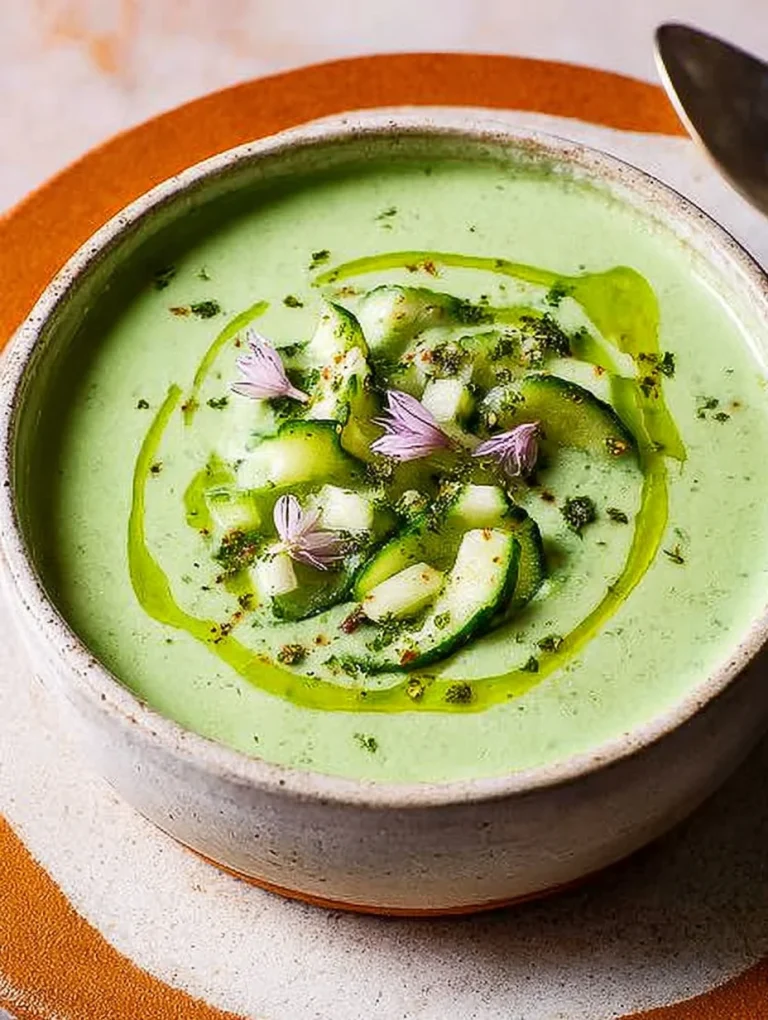Pastasotto is a brilliant Italian technique where pasta is cooked slowly, just like risotto, in broth instead of water. This allows the pasta to release its starch and absorb flavor, creating an incredibly rich, creamy sauce without needing a drop of cream. This creamy butternut squash pastasotto takes that technique and infuses it with the sweet, nutty taste of roasted butternut squash and savory sage.
This recipe is a true marvel of one-pot cooking. The final dish is a deeply comforting, velvety smooth pasta that is miles beyond what you get when you simply drain pasta and toss it with a sauce. The roasted squash, savory broth, and starch from the penne combine to create a deeply flavorful, satisfying meal that is perfect for a cozy fall evening.
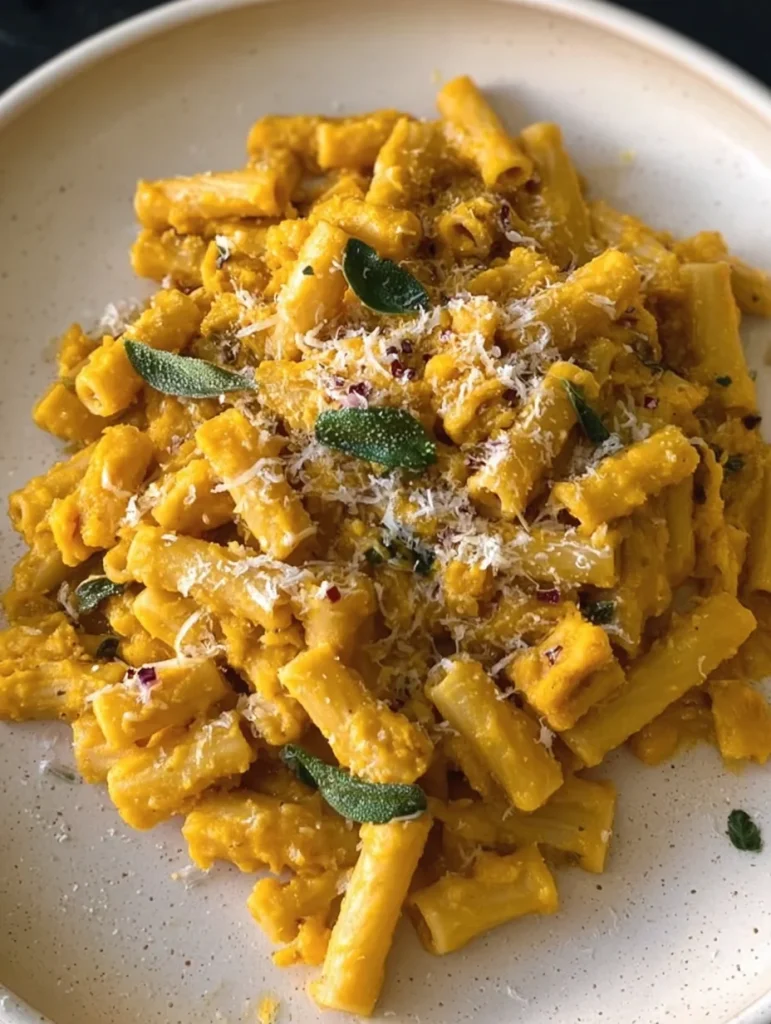
Why You’ll Love This Recipe
- Intense Flavor Absorption: The pasta cooks directly in the seasoned broth and wine, absorbing all the flavor into its core.
- Naturally Creamy Texture: The starch released by the pasta eliminates the need for heavy cream, resulting in a light yet velvety sauce.
- One-Pot Cooking: The entire dish, from toasting the pasta to finishing the sauce, is done in a single pot (not counting the roasting sheet).
- Gourmet Fall Comfort: The combination of sweet roasted squash, earthy sage, and tangy Parmesan is sophisticated and deeply comforting.
- Great Make-Ahead Base: The squash can be roasted and pureed up to two days in advance, cutting the active cook time significantly.
Ingredients
For the Roasted Squash Purée
- 1 medium butternut squash (about 2 lbs or 900 g), peeled, seeded, and cubed (about 4 cups)
- 2 tbsp (30 ml) olive oil
- 1/2 tsp salt
- 1/4 tsp black pepper
For the Pastasotto
- 4 tbsp (60 g) unsalted butter
- 1/2 small yellow onion or shallot, finely chopped
- 1 lb (450 g) penne or small tubular pasta (orecchiette or ziti work well)
- 1 cup (240 ml) dry white wine (like Pinot Grigio or Sauvignon Blanc)
- 4 cups (960 ml) low-sodium chicken or vegetable broth, kept hot
- 1 tbsp chopped fresh sage, plus whole leaves for garnish
- 3/4 cup (75 g) freshly grated Parmesan cheese, plus more for serving
- 1/2 tsp salt, or to taste
Equipment
- Large baking sheet
- Blender or food processor
- Large Dutch oven or heavy-bottomed pot
- Wooden spoon or spatula
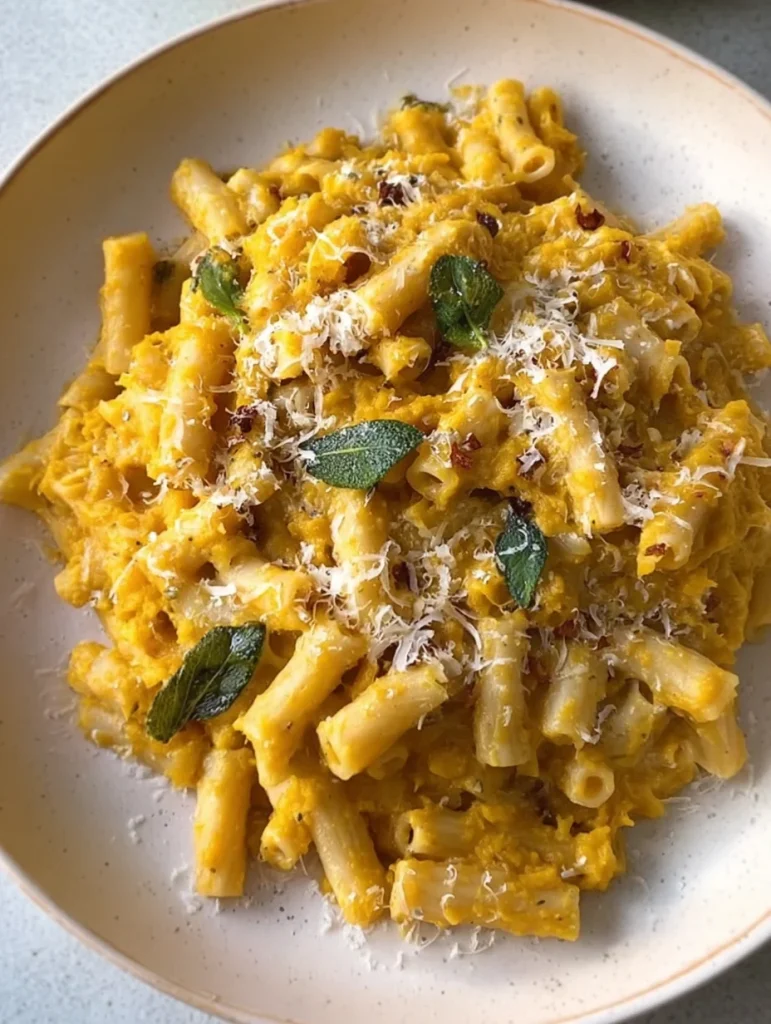
Step-by-Step Instructions
1. Roast the Squash and Prep Purée
- Roast: Preheat the oven to 425°F (220°C). Toss the squash cubes with 2 tbsp olive oil, salt, and pepper on a baking sheet. Roast for 30 minutes, tossing halfway through, until the squash is tender and golden brown.
- Purée: Transfer all the roasted squash to a blender or food processor. Add 1/2 cup (120 ml) of the hot broth and blend until completely smooth and creamy. Set the purée aside.
2. Prepare the Pastasotto Base
- Sauté Aromatics: Melt the butter in a large pot or Dutch oven over medium heat. Add the onion (or shallot) and cook for 3–5 minutes until tender and fragrant.
- Toast Pasta: Add the raw penne pasta to the pot and stir constantly for about 4 minutes until the pasta is coated in butter and begins to look slightly toasted.
3. Cook Risotto-Style
- Deglaze: Pour in the dry white wine. Cook, stirring constantly, until the liquid is absorbed, about 3–5 minutes.
- Add Broth Gradually: Add 1 cup of the hot broth to the pasta. Cook, stirring frequently, until the liquid is absorbed. Repeat this process two more times, using a total of 3 cups of broth, until the pasta is nearly al dente (still has a very slight crunch).
4. Finish and Serve
- Add Purée: Stir in the butternut squash purée and the remaining 1 cup of hot broth. Bring the mixture to a simmer and cook, stirring, until the sauce is creamy and the pasta is perfectly tender (al dente).
- Finish: Remove the pot from the heat. Stir in the chopped fresh sage and 3/4 cup of grated Parmesan cheese. Stir until the cheese is fully melted and the sauce is velvety smooth. If the sauce is too thick, stir in a splash of water or more broth. Taste and adjust the salt and pepper.
- Garnish: Garnish with whole fried sage leaves (fry briefly in butter until crisp) and more Parmesan cheese. Serve immediately.
Substitutions and Variations
- Pasta: Penne or mezze rigatoni are excellent. Any small, ridged, or tubular pasta will work, but avoid very large shapes, which may require more cooking liquid.
- Vegetarian Protein: Add 1 cup of cooked white beans (cannellini or navy) or sautéed cremini mushrooms when you add the pureed squash for extra substance.
- Meat Addition: Brown 1/2 cup of crumbled sweet Italian sausage in the pot before adding the onions and reserve the sausage fat for cooking the aromatics. Add the cooked sausage back in with the purée.
- Gluten-Free: Use your favorite gluten-free short pasta. Note that GF pasta may absorb liquid faster, so monitor the broth carefully.
Pro Tips and Common Mistakes to Avoid
- Roasting is Best: Roasting the squash concentrates its natural sugars, giving the final dish a much deeper, sweeter, and more complex flavor than steaming or boiling.
- Hot Broth is Key: Keep your unused chicken or vegetable broth hot in a separate pot. Adding cold broth to the simmering pasta will drop the temperature too quickly and ruin the texture of the starchy sauce.
- Taste the Pasta: Since cooking time varies by brand, taste the pasta often! You want it to be firm but fully cooked by the time the liquid is absorbed.
- Don’t Over-Stir at the End: Stirring too aggressively after the cheese is added can make the starch in the sauce break down, making the sauce oily. Stir gently until the cheese is melted, then stop.
Storage, Make-Ahead, and Reheating
- Make-Ahead (Best Method): Roast the squash and prepare the purée (step 1) up to 2 days in advance. Store the purée in the refrigerator. The next day, proceed with the pastasotto steps, which will be much faster.
- Storage (Leftovers): Store leftovers in an airtight container in the refrigerator for up to 3 days. Note that the pasta will continue to absorb the sauce and will be much thicker when cold.
- Freezing: The butternut squash purée freezes exceptionally well for up to 3 months. The finished pasta dish should not be frozen, as the texture will be poor upon thawing.
- Reheating: Reheat the leftovers in a saucepan over low heat, adding 1/4 cup (60 ml) of extra broth or milk per serving to restore the creamy consistency.
Serving Suggestions
Serve this warm, comforting pasta with a side of crisp arugula salad tossed with a simple lemon vinaigrette. A slice of crusty sourdough bread is perfect for dipping, and a final drizzle of high-quality extra virgin olive oil is a nice finishing touch.
Approximate Nutrition
- Yields: 6 servings
- Serving Size: 1 ½ cups
- Calories: 480 kcal
- Protein: 18 g
- Fat: 18 g
- Carbohydrates: 65 g
Note: These are approximations and can vary based on the specific ingredients and portion sizes.
FAQs
Q: How is this “Pastasotto” technique different from regular pasta?
A: In regular pasta, the starch is drained away with the cooking water. In Pastasotto, the pasta is cooked in a minimal amount of liquid (like risotto), forcing it to release its starch into the broth. This starch creates a thick, creamy, emulsified sauce without adding flour or much heavy cream.
Q: Can I skip the roasting step for the squash?
A: Yes, but the flavor won’t be as deep. You can cube and boil the squash until tender (about 10–15 minutes). Drain it and proceed with the purée step.
Q: Why do I need white wine?
A: The wine is used to deglaze the pan and adds a crucial layer of acidity and complexity that brightens the rich, sweet squash flavor. You can substitute it with an equal amount of chicken broth and a squeeze of lemon juice at the end.
Q: Can I use pre-cut butternut squash?
A: Yes, pre-cut squash is a great time saver! Make sure the cubes are about 1-inch in size, and proceed with the roasting step.
Q: Can I make this dish without a blender?
A: Yes. After simmering the squash (step 3), use a potato masher to mash the squash thoroughly against the side of the pot until it’s as smooth as possible. You will still have some small chunks, but the soup will be thick and creamy.

Butternut Squash Pastasotto
Ingredients
For the Roasted Squash Purée
- 1 medium butternut squash (about 2 lbs or 900 g), peeled, seeded, and cubed (about 4 cups)
- 2 tbsp olive oil
- 1/2 tsp salt
- 1/4 tsp black pepper
For the Pastasotto
- 4 tbsp unsalted butter
- 1/2 small yellow onion or shallot, finely chopped
- 1 lb penne or small tubular pasta orecchiette or ziti work well
- 1 cup dry white wine like Pinot Grigio or Sauvignon Blanc
- 4 cups low-sodium chicken or vegetable broth, kept hot
- 1 tbsp chopped fresh sage plus whole leaves for garnish
- 3/4 cup freshly grated Parmesan cheese plus more for serving
- 1/2 tsp salt or to taste
Instructions
Roast the Squash and Prep Purée
- Preheat the oven to 425°F (220°C). Toss the squash cubes with 2 tbsp olive oil, salt, and pepper on a baking sheet.
- Roast for 30 minutes, tossing halfway through, until the squash is tender and golden brown.
- Transfer all the roasted squash to a blender or food processor. Add 1/2 cup of the hot broth and blend until completely smooth and creamy. Set the purée aside.
Prepare the Pastasotto Base
- Melt the butter in a large pot or Dutch oven over medium heat. Add the onion (or shallot) and cook for 3–5 minutes until tender and fragrant.
- Add the raw penne pasta to the pot and stir constantly for about 4 minutes until the pasta is coated in butter and begins to look slightly toasted.
Cook Risotto-Style
- Pour in the dry white wine. Cook, stirring constantly, until the liquid is absorbed, about 3–5 minutes.
- Add 1 cup of the hot broth to the pasta. Cook, stirring frequently, until the liquid is absorbed. Repeat this process two more times, using a total of 3 cups of broth, until the pasta is nearly al dente.
Finish and Serve
- Stir in the butternut squash purée and the remaining 1 cup of hot broth. Bring the mixture to a simmer and cook, stirring, until the sauce is creamy and the pasta is perfectly tender.
- Remove from heat. Stir in the chopped fresh sage and 3/4 cup of grated Parmesan cheese until melted. Adjust salt and pepper to taste.
- Garnish with whole fried sage leaves and more Parmesan cheese. Serve immediately.

